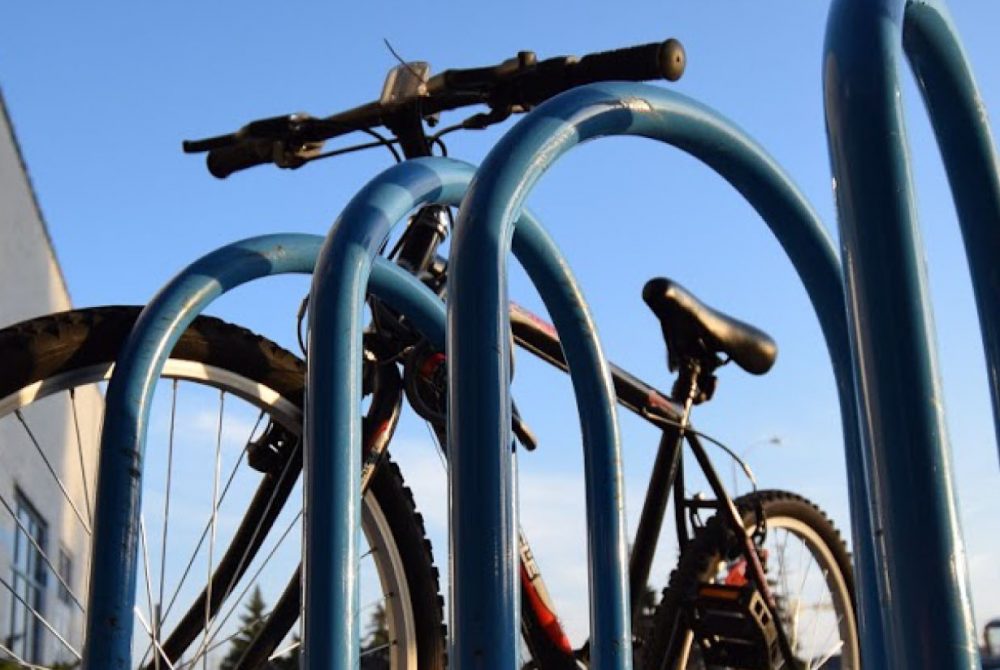If You Build It, They Will Come: Do’s & Don’ts of Bicycle Parking
Cycling advocacy groups in Ontario have long known that it is difficult to be a cyclist if there is not place to safely and securely park and lock your bike. This could have impact on choosing whether to ride to work or school, where to shop and how you access community services. Here are my top five do’s and don’ts for setting up bike parking in your community.
Location, location, location is not just a mantra of the real estate industry. Where you install bike racks and parking facilities matters a lot. Do choose well lit areas, near building entrances close to the pathway into the building, with lots of pedestrian visibility or video monitoring. Don’t hide bike racks in isolated, out of view locations since this might encourage thieves.
Do ensure the user can comfortably maneuver around their bike to lock and unlock it by allowing at least 2.5 meters to fit the length of a bike, as well as at least 0.5 meters between separate racks and walls. Don’t over crowd an area by placing too many bike racks in a small space with little room move and possible blocking clear pathways for pedestrians and cyclists, or too close to vehicle traffic.
Do choose spaces for protecting bikes from the weather for short term and long-term parking. This could be an overhang near a building entrance, or under a custom bike shelter. Don’t expect cyclists to lock their bike in areas exposed to rain, wind and snow – especially for extended periods of time.
Do provide racks that allow space for all bikes, from fat or skinny tires, to e-bikes and even scooters. This means there should be at least two points of contact for locking and support of the bike frame and wheels. Don’t settle for the old low-profile wheel bender racks which often do not fit modern bikes and make it difficult to attach a U-Bolt lock to the frame of a bicycle.
Do choose smart, attractive designs for bike racks and their placement. Newer bike racks maximize the number and density of bikes that can be locked while being made of durable materials which can be very beautiful additions to the urban landscape. Don’t expect cyclists to use outdated, rusting old racks that were designed for bikes in the 1970’s.
If we want cycling culture to continue to grow and thrive in Canada, we need to make their parking needs a higher priority. As vehicle parking and traffic continue to be ongoing concerns of congestion, and reducing greenhouse gases in our cities, cycling and green transportation must be encouraged in every way possible. High quality bike parking is one way to make this happen, because if you build it…
If you are looking for additional assistance on an upcoming project, schedule a free consultation with our experts so we can learn more about your project and how we can help.
